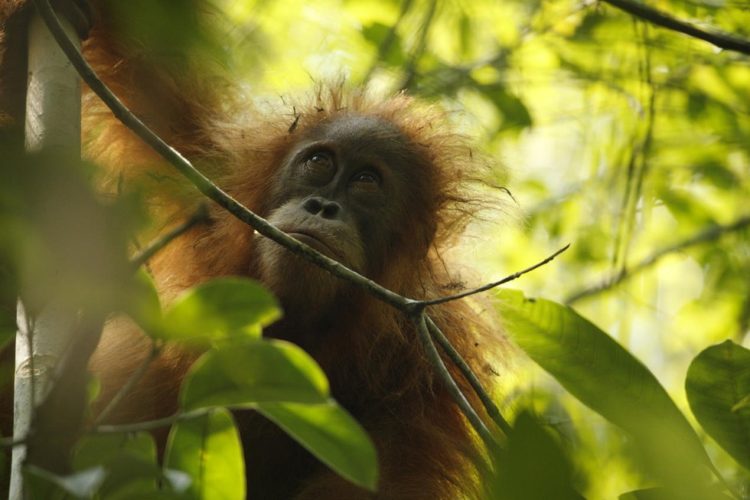By Jamie Holland-
The Tapanuli Orangutan is a new species of great ape to be discovered yesterday in Indonesia and is the first to be highlighted for almost 100 years.
Yet the scientists and researchers involved in the discovery, with some from the University of Zurich, Liverpool John Moores University and the Sumatran Orangutan Conservation Programme, have already established that it is endangered, thus bearing it with the threat of possible extinction.
With as little as only 800 of the Tapanuli Orangutan thought to be remaining in the wild as it stands, why has it taken us so long to discover this new species? It is no secret to ape enthusiasts that scientists have found themselves well and truly stumped for decades over the anomalous genetic structure of orangutan’s in the Sumatra region separating them from the Bornean and the Sumatran. Scientists had always known this particular group of orangutan’s were “peculiar” and decided to take on a hefty study involving diving back into the evolutionary past of the species and, with this, rebuilding their genetic code.
Newly published in the Current Biology journal, the scientists has broken down u 37 oranguatan genomes which, upon analysis, identifies a split from their Bornean cousins some 70,000 years ago – a detail that is easily missed like looking for a needle in a haystack. The University of Zurich’s Prof Michael Krützen told the BBC that “The genomic analysis really allows us to look in detail at the history” and the answer could be found by “[probing] deep back in time and [asking], ‘when did these populations split off?’”.
Prof Wich of Liverpool John Moores University spoke of how “there are only seven great apes species – not including us” and that “adding one to that very small list is spectacular”. He goes on to explain how “It’s something I think many biologists dream of”. Prof Wich’s part in the investigationw as the observation of the similarities and differences of the calls of various orangutan species; “If you look at these calls” Wich explains, “you can tease them apart, and we found some subtle differences between these and other populations”. The scientists also studied the differences in the three orangutan species’ skulls in an effort to single out the Tapanuli as unique.
This amazing breakthrough in science bears with it a sad reminder to the way many animal populations live a de-popularised life on an Earth overcrowded by humans. The Tapanuli Orangutan is to be added to the list of Critically Endangered Species, only days after it’s discovery. It is also to be added to various zoology textbooks. It is not uncommon to see newly discovered species introduction to scientific worldly recognition be tainted by the endangered stamp. As Wich identifies, “it is very worrying…to discover something new and then immediately also realise that we have to focus all of our efforts before we lose it”.



